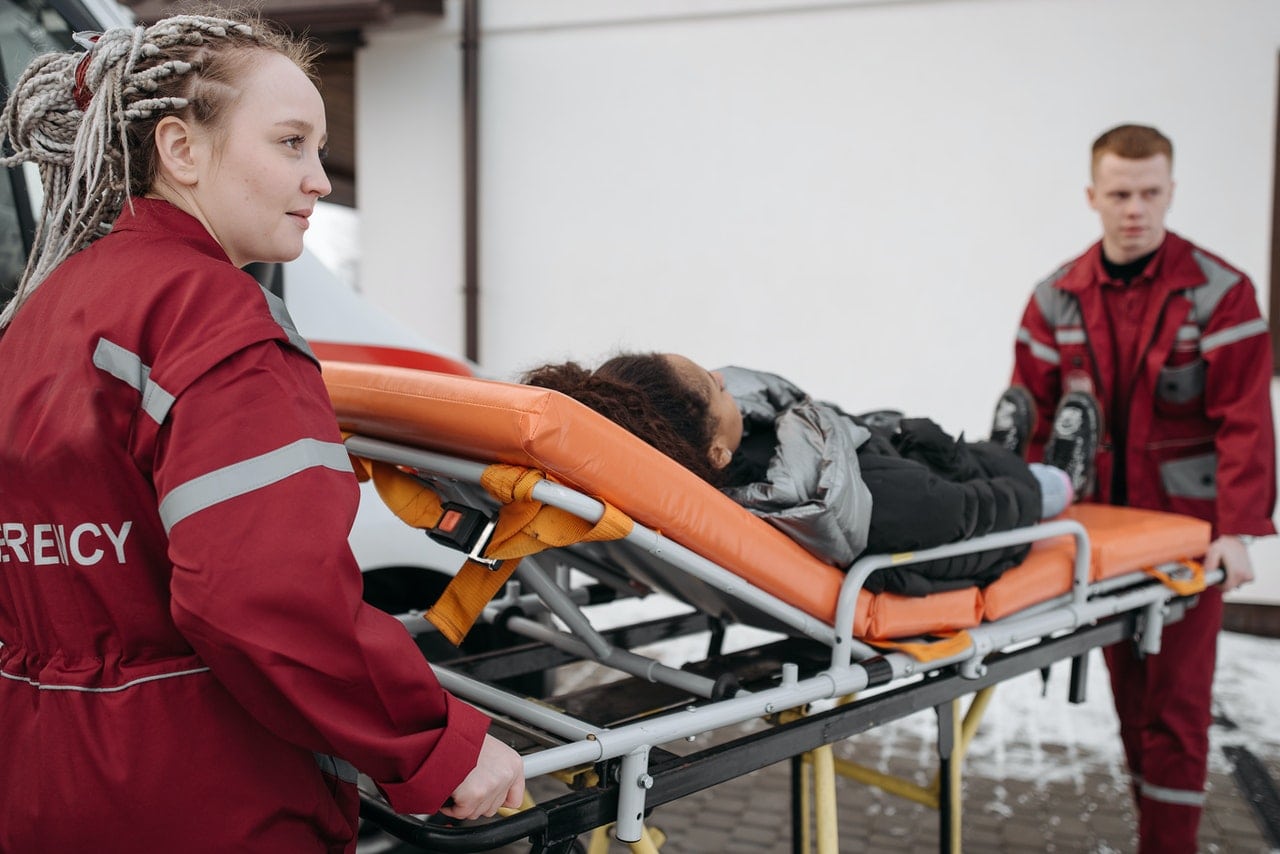In 2020, over 10,000 California residents died of overdose with opioids in their system. Many more people ended up in the hospital emergency experiencing overdose. In the past, people with opioid use disorder ended up in the ER and were stabilized discharged without much of an action plan. Today, a new initiative in the state of California aims to help start treatment right away in every ER possible.
OUD Treatment Starts In The Emergency Room
When a person overdoses on drugs, the first job of the ER is to make sure they are stabilized. If they have overdosed on opioids, they are typically revived using Naloxone, the overdose-reversal drug. Unfortunately, for many people addicted to opioids, this can leave them in a state of withdrawal. When they’re discharged, this leads to relapse. It’s a huge gamble to discharge a person with OUD without support or tools to help them.
Addiction can be an insidious and challenging disease to manage. However, today most ER doctors view opioid use disorder as a treatable and manageable disease. In addition, there are drugs to treat it, such as Suboxone, a Medication-Assisted Treatment (MAT) for opioid use disorder. Alongside a treatment plan such as therapy or drug rehab, MAT is considered the “gold standard” for helping people overcome opioid addiction.
California Bridge Helps Fill The Gap For OUD
An initiative called CA Bridge aims to help people with substance use disorder start with treatment right away, just like a person with a broken arm or faulty gallbladder begins their treatment plan before they leave the ER
ER doctors are given special training to help people with opioid use disorder and dispense MAT through the program. Alongside the medication, patients are assigned a counselor to help them make choices about their recovery once they’ve been discharged from the hospital. For example, this person can help them make choices about outpatient or inpatient treatment programs or sober living.
Advocating For Treatment of OUD in Youths
California Bridge has also been working on getting Medication-Assisted Treatment for youths to be a covered service for Medical and other providers. In addition, they hope to normalize the treatment of opioid use disorders in teenagers.
They also intend to advocate for harm reduction for all ages. Popular harm reduction measures include using fentanyl testing strips and offering needle exchange to intravenous drug users. They also support teaching people to carry and use Naloxone, the opioid overdose reversal drug.



Leave A Comment